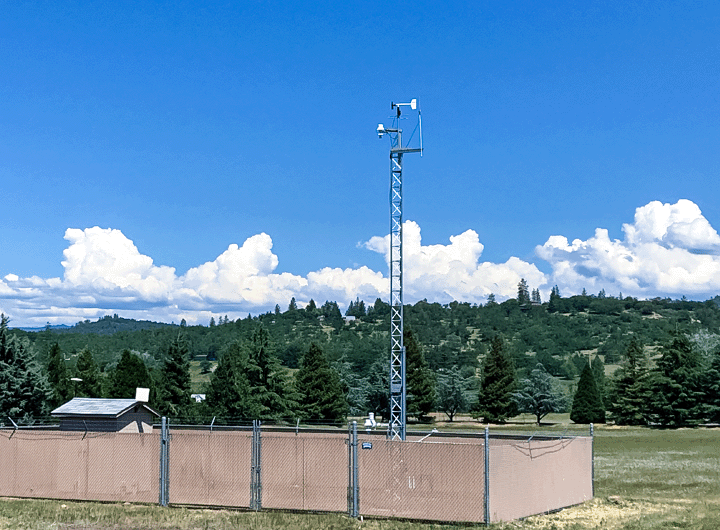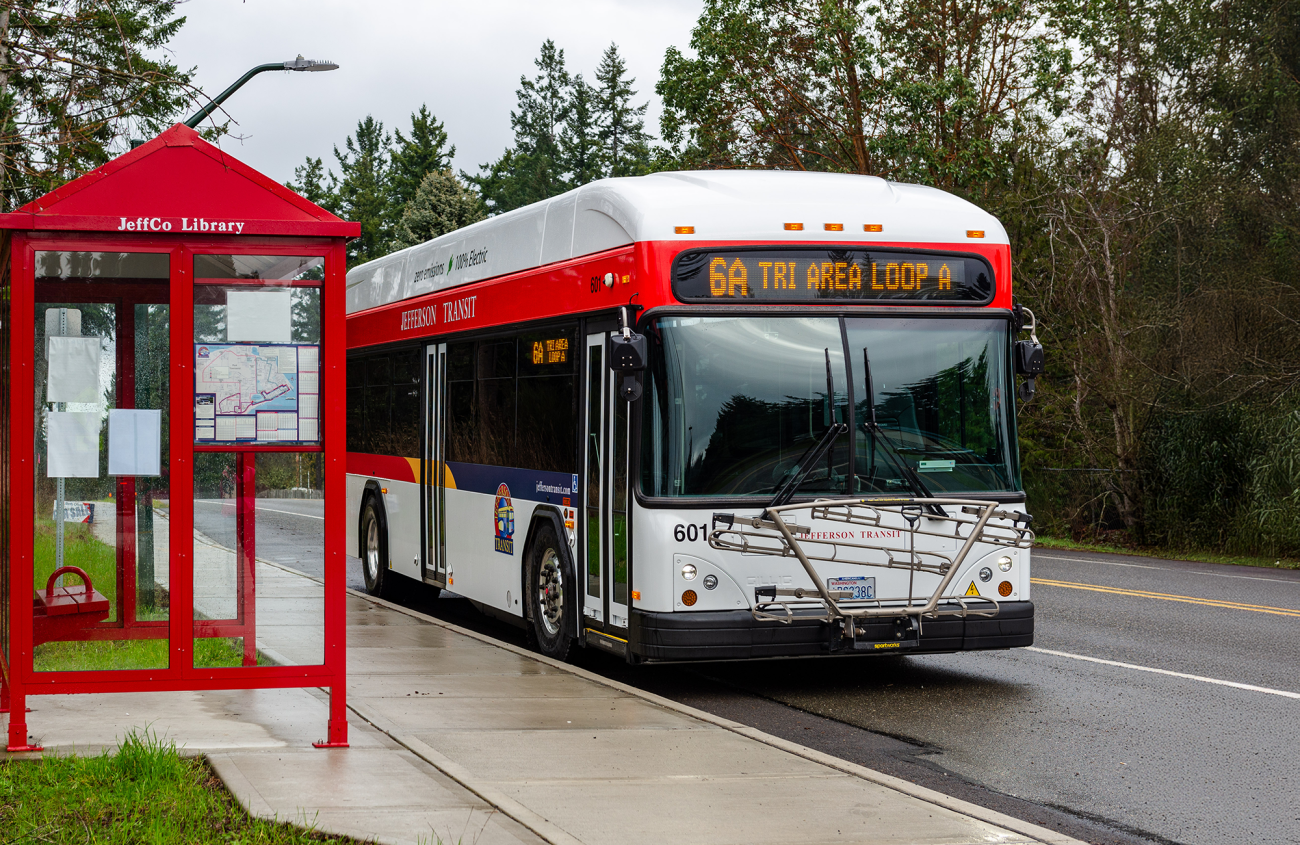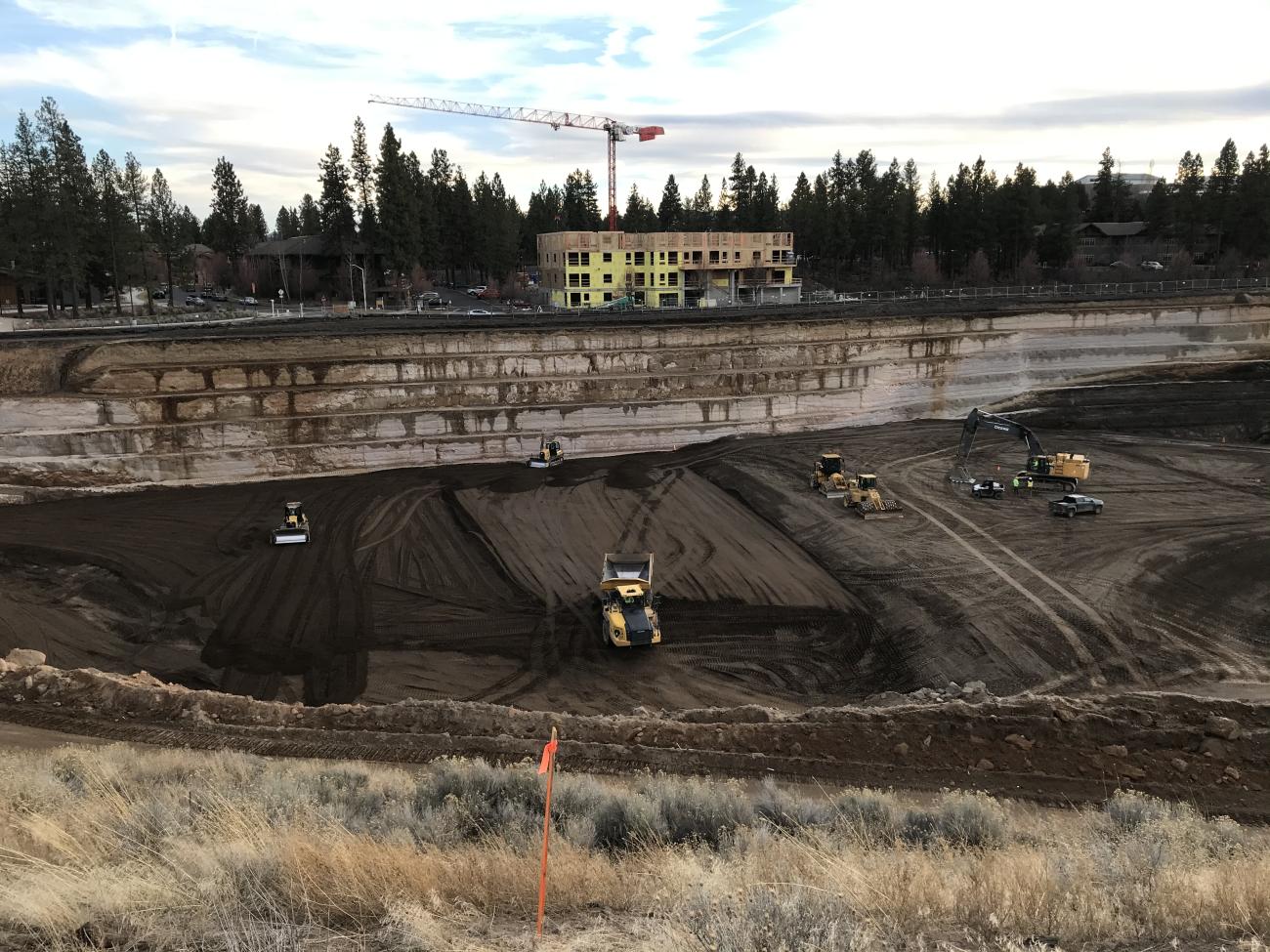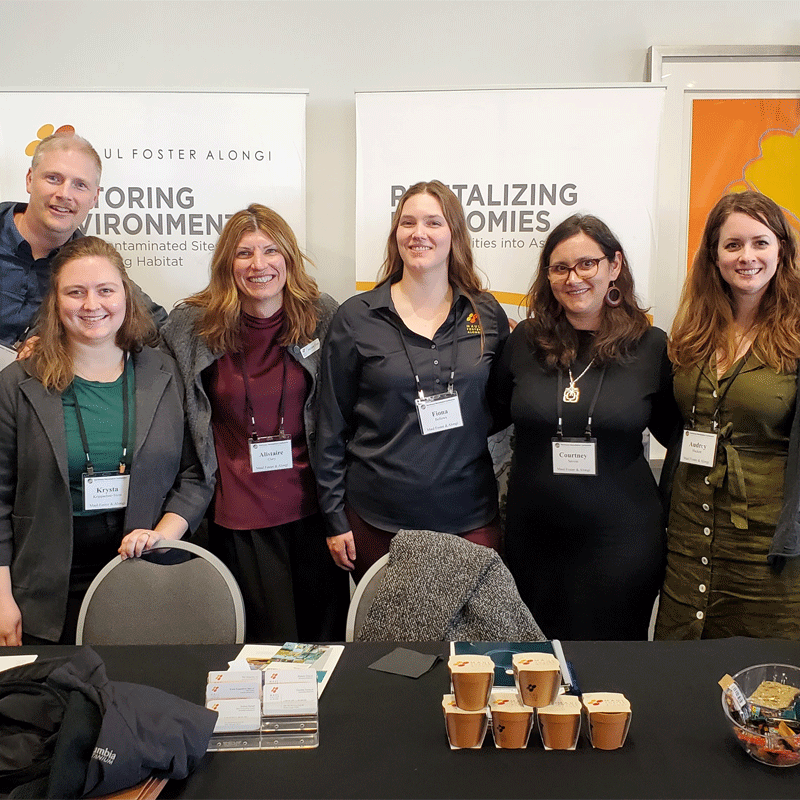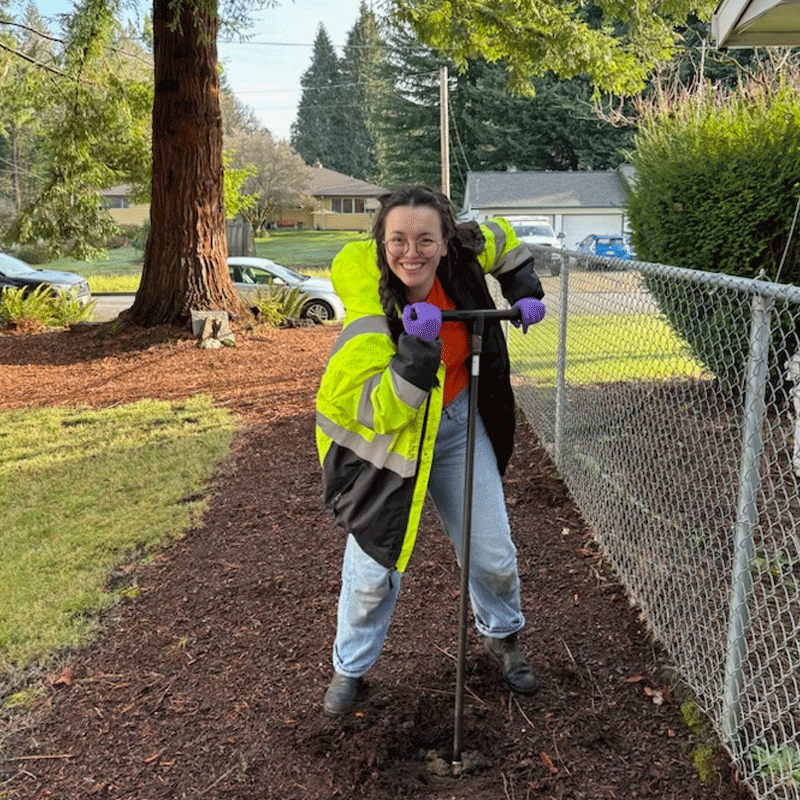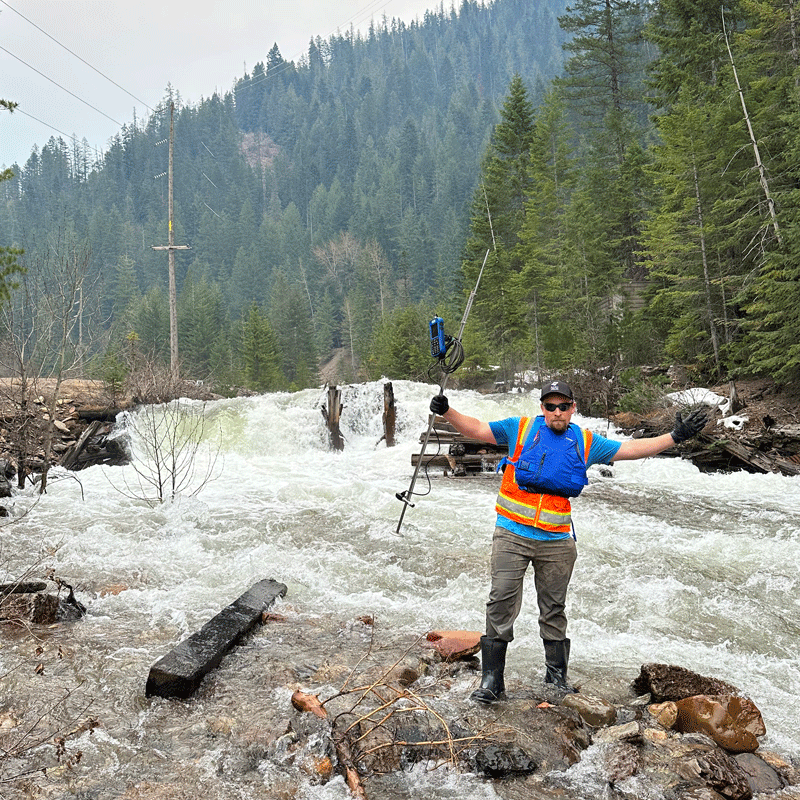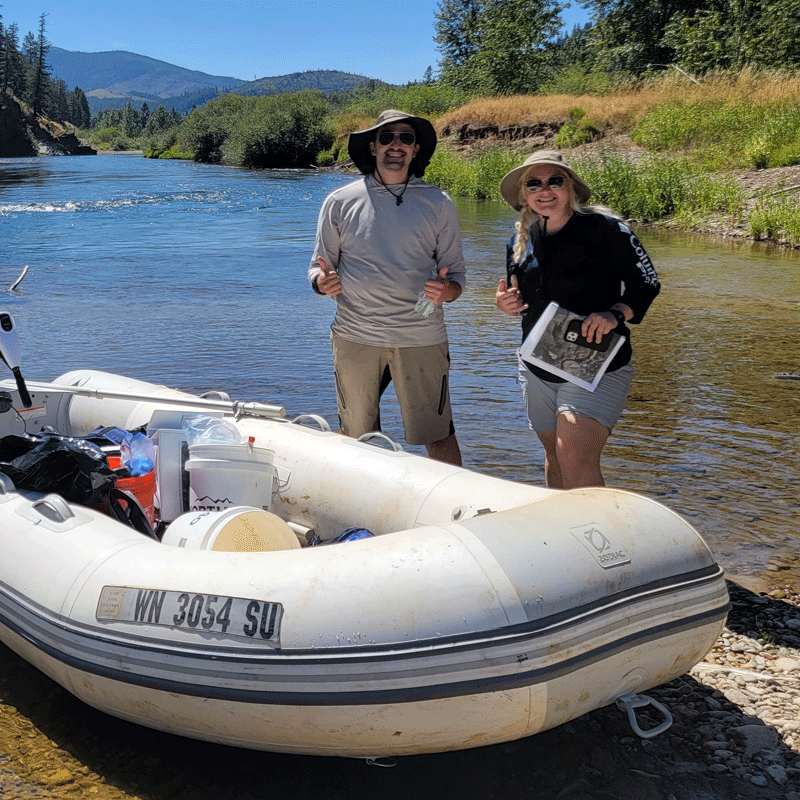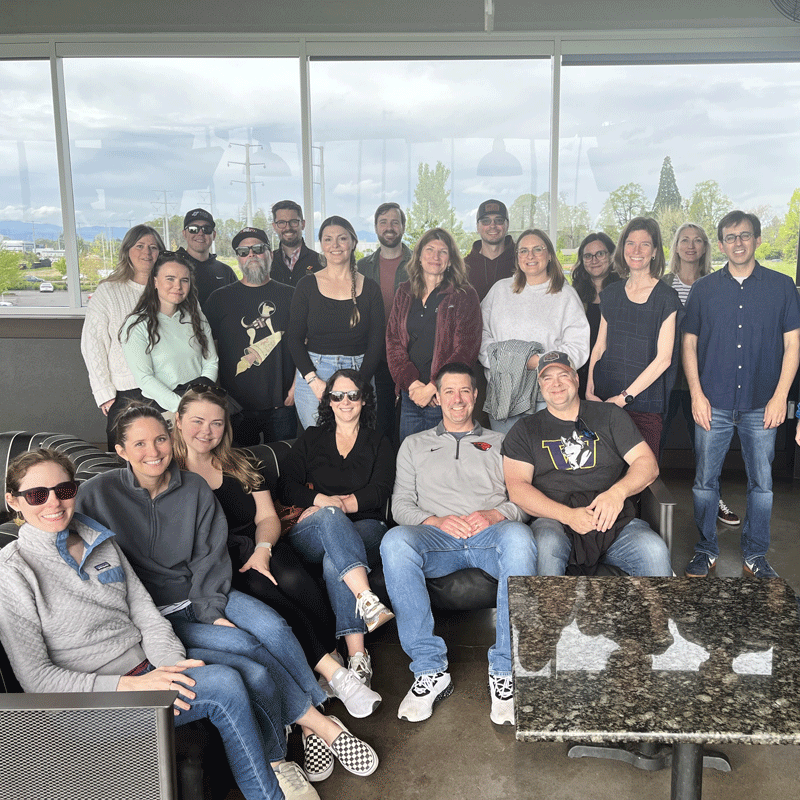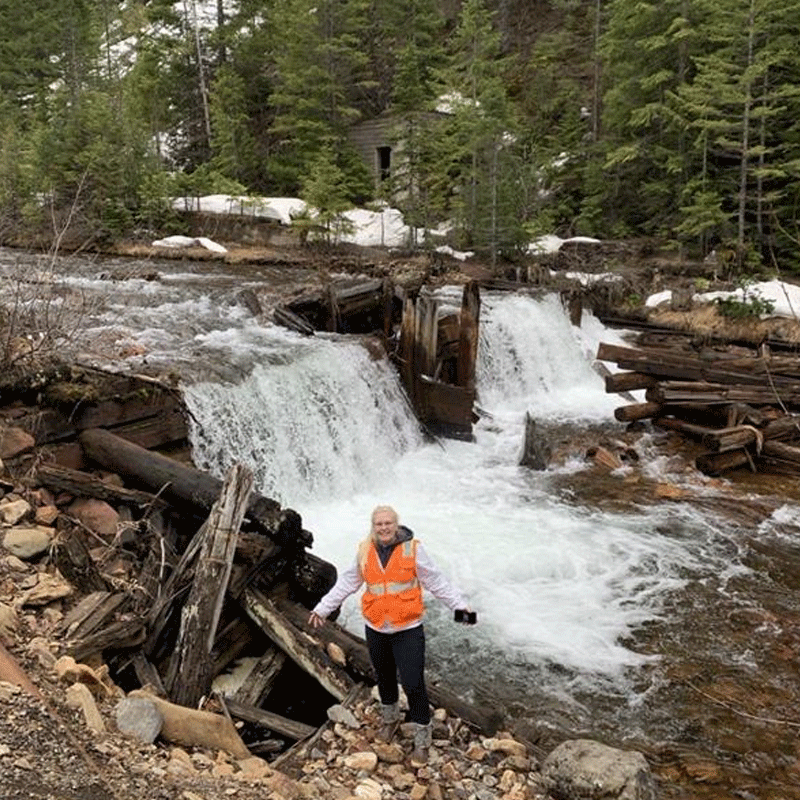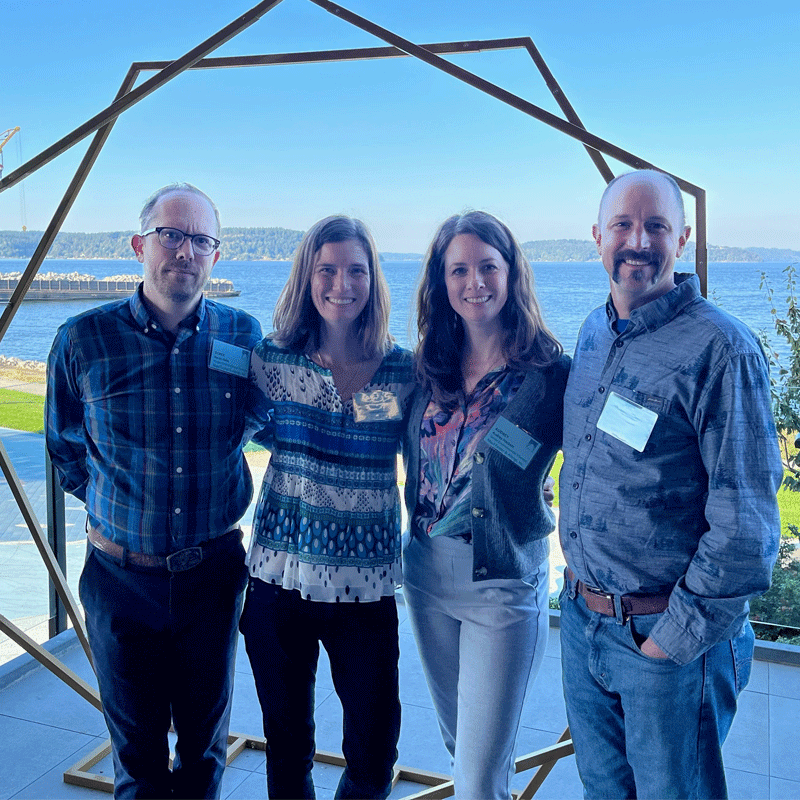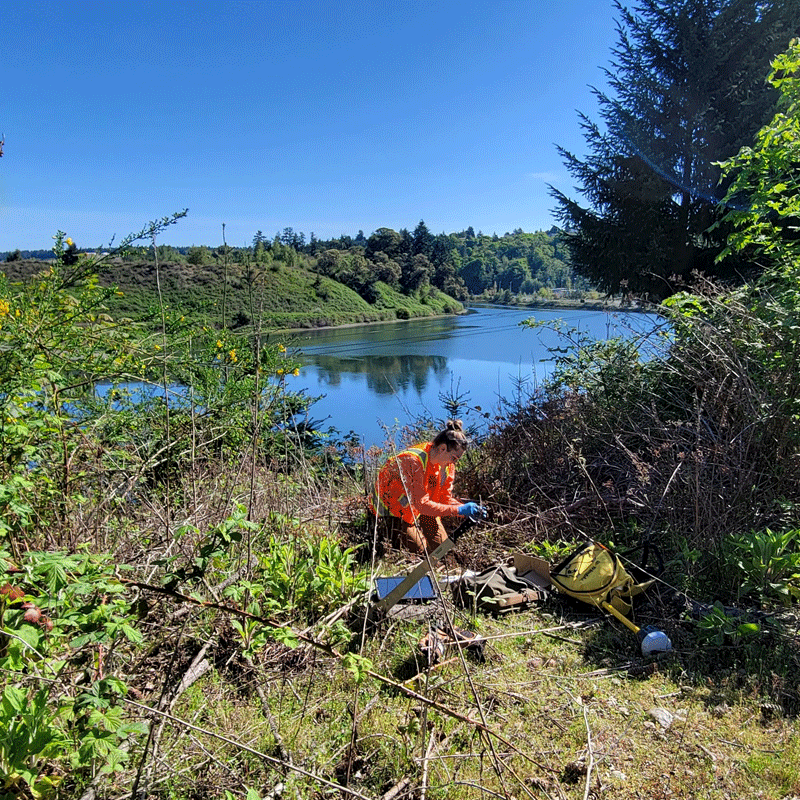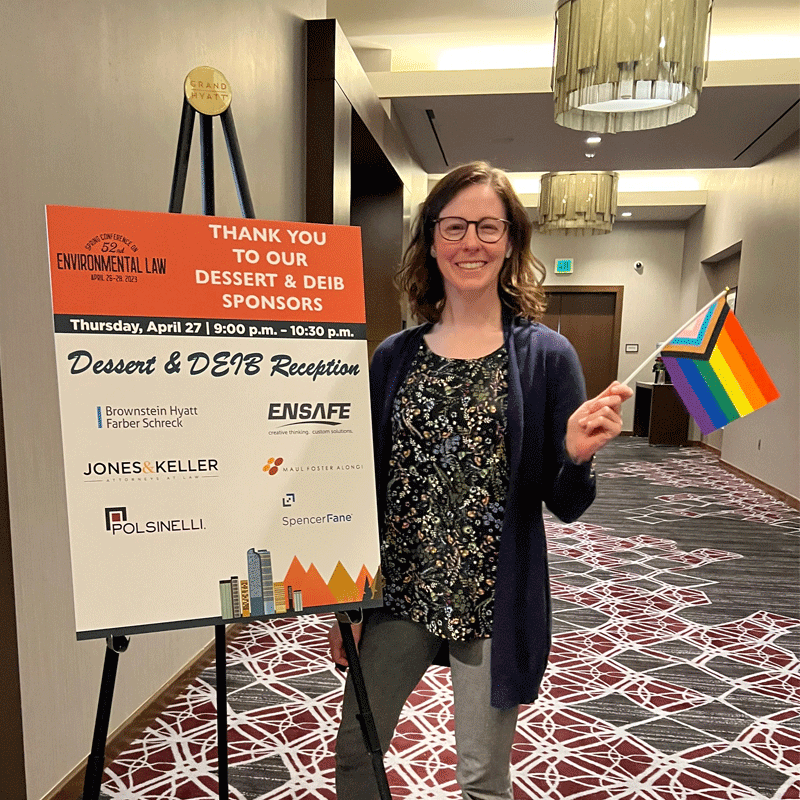

Your Project. Our People. Exceptional Results.
Maul Foster Alongi
Dedicated and Creative Consulting
Maul Foster & Alongi is a 100% employee-owned firm providing integrated consulting services throughout the Pacific Northwest. From environmental cleanup to sustainable site development, from Phase I ESAs to GIS integrations, we blend expertise and creativity to serve our communities and improve the environment. Public sector or private sector, simple projects or complex challenges, we are dedicated advocates for your project.


OSU–Cascades Honored for Transformative Redevelopment
Discover how OSU–Cascades turned a former landfill into a vibrant campus and innovation district and earned the prestigious 2025 Phoenix Award.
Careers
Join Our Team
Discover a workplace where passion meets purpose. At MFA, we're about teamwork, innovation, and making a tangible difference. Does the idea of collaborating across disciplines to solve complex problems in a 100% employee-owned company sound like fun? Then we want to hear from you.

